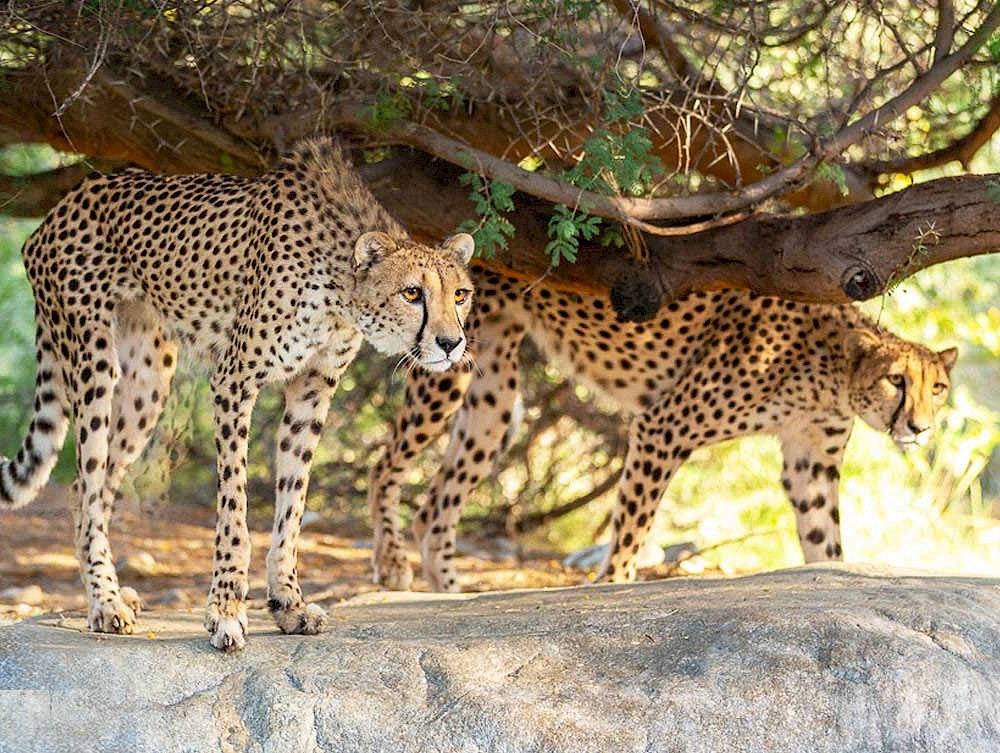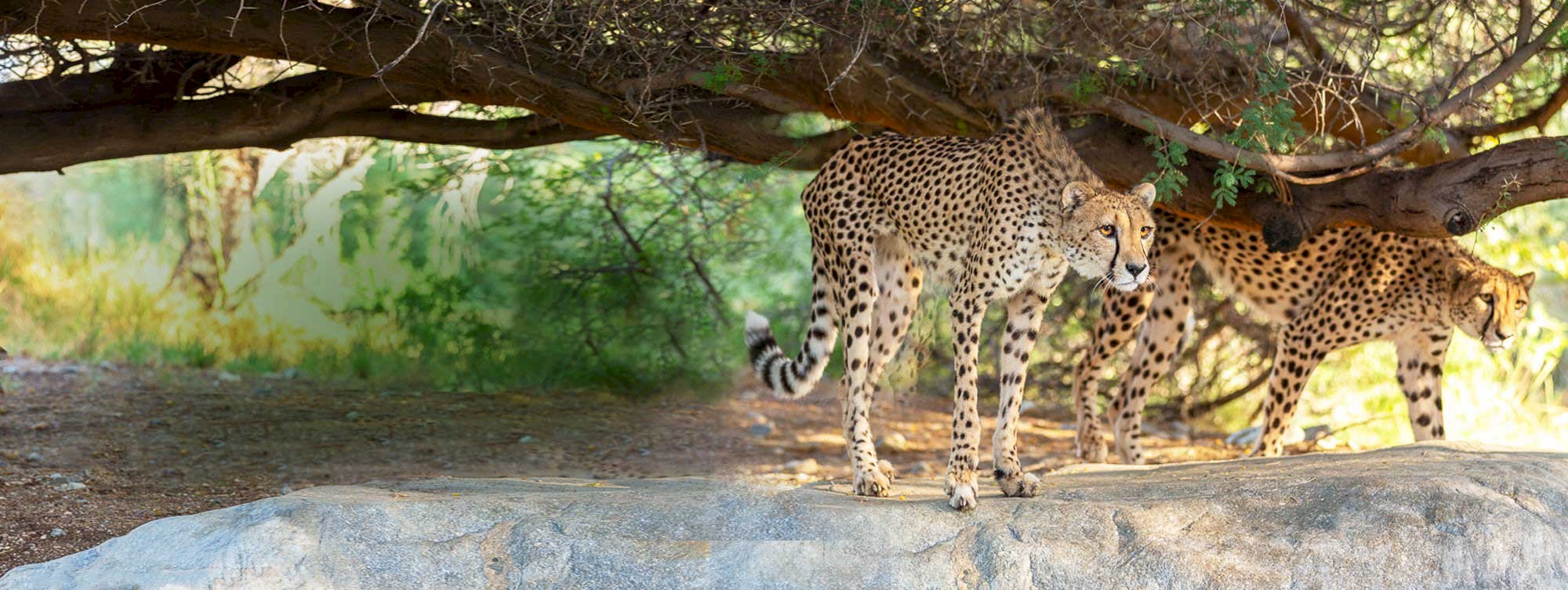Monday Minute Western Monarchs Need Your Help
February 22, 2021
Danaus plexippus, which in Greek means "sleepy transformation," is one of the most iconic insects in North America. Danaus plexippus is the scientific name for our national insect, the monarch butterfly! However, there is nothing “sleepy” about the speed that this species is disappearing. The population of western monarchs has declined by 99.9% over the last 40 years. From the 4.5 million that used to overwinter along the California coast, only 1,914 were counted in November 2020. What’s causing this collapse? The effects of habitat loss, scarcity of milkweed and nectar plants, and the use of toxic pesticides are contributing to the massive reduction in population. On top of these threats, climate change poses an especially looming crisis for western monarchs. Fortunately, there’s still time for you to help us save this species!
Monarchs, famous for their thousand-mile two-way migrations, are extremely susceptible to habitat loss. This beloved species requires three unique habitat types: their ancestral over-wintering sites, multi-national migration corridors, and milkweed breeding grounds. As climate change degrades the suitability of overwintering sites, and urban development and industrial agriculture chip away at breeding grounds and migration pathways, the monarch is increasingly imperiled.
The more common eastern monarchs spend their winters in a hibernation-like state in just a few remaining pockets of oyamel fir forests in Michoacán, Mexico. The western monarch makes a shorter journey and spends its winters right here in California, in cool coastal forests. Climate change is already warming the microclimates of these forests so that soon, and without climate action, monarchs may no longer be able to survive their winters.
Monarch caterpillars only eat one type of plant: milkweed. In other words – no milkweed, no monarchs. Then, adult butterflies feed on the sugary nectar of flowers. These nectar sources must be sufficient across the monarch’s entire range. A monarch who doesn’t find enough nectar plants either won’t reach their breeding grounds or won’t be able to store enough fat to make it through the winter. And, don’t forget that the use of chemically toxic pesticides on flowering plants can harm monarch butterflies – even if they are not the target insect. Monarchs are insects, too!
The Living Desert proudly supports the conservation of monarch butterflies as a partner of the AZA North American Monarch SAFE program and is committed to the long-term protection of the species. If we all ACT NOW, we CAN save the monarch. We need your help! Western monarchs will leave their overwintering sites, thirsty for nectar, as early as February.
To help save the species, plant native nectar plants or build a pollinator habitat right now. Every flower makes a difference – whether it’s on your balcony, in your garden, or at your workplace. Monarchs need nectar plants to fuel their migration and native milkweed to lay their eggs.
Did You Know...
Did you know that milkweed plants contain toxic cardiac glycosides that are actually beneficial to monarch caterpillar and butterfly survival! This toxin does not harm the caterpillar who feeds on it but remains in their bodies, making them a distasteful snack for predators that try to snatch them up! Predators have learned this and avoid consuming monarchs.
Did you know that you can provide monarch habitat from your own home? By planting native milkweed and/or nectar plants, you can provide critical resources to monarchs journeying through the Southern California. Monarchs are in search of milkweed plants to lay their eggs on and nectar to restore their energy! Your garden can #FeedTheMigration.
Did you know that you can help biologists track vital monarch data? If you spot a monarch, record it! Contribute to the scientific knowledge of monarchs to inform conservation efforts by adding your observations to the Western Monarch Milkweed Mapper or the Monarch Larva Monitoring Project. The more we know about monarchs, the better we can protect them!
Take Action
Plant native, plant nectar, plant now! Avoid planting tropical milkweed (Asclepias curassavica), which, while beautiful and attractive to monarchs, carries the risks of migratory disruption and disease.













